-

Free Webinar: CFD 102 for Engineers, Designers and Engineering Managers
Join Simerics & PTC for free webinar CFD 102 for Engineers, Designers and Engineering Managers.
When: August 19, 2020 | 11am to 12pm EDT
To attend CFD 102, please register for this session. After registering, you will receive a confirmation email with details to join the webinar.
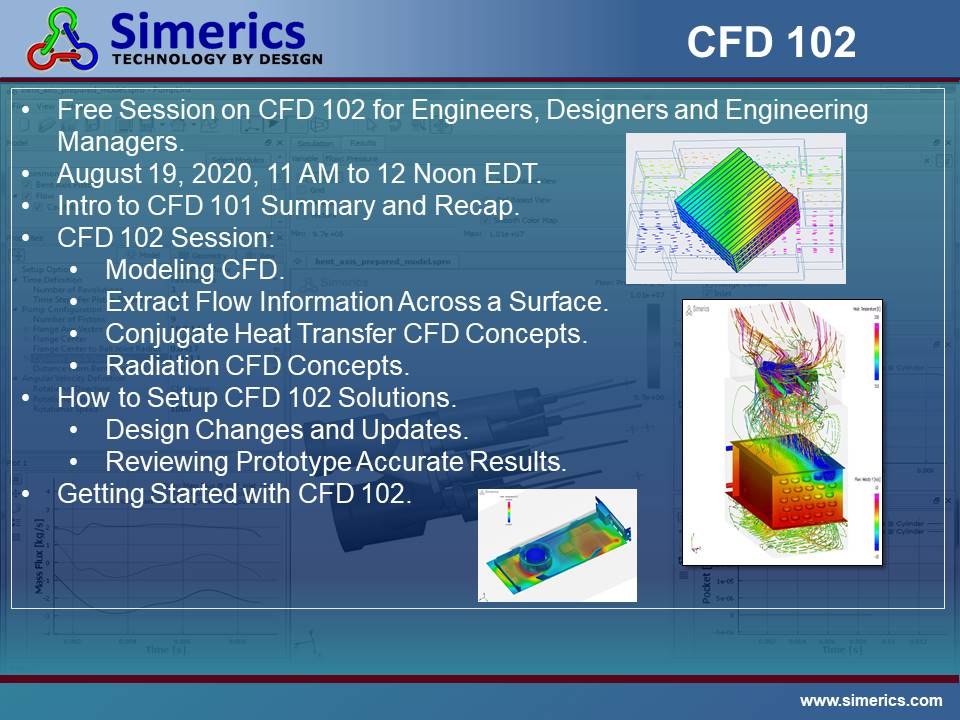
Please register here.
-

Free Surface Rendering by Corentin Bigot Yacht Design
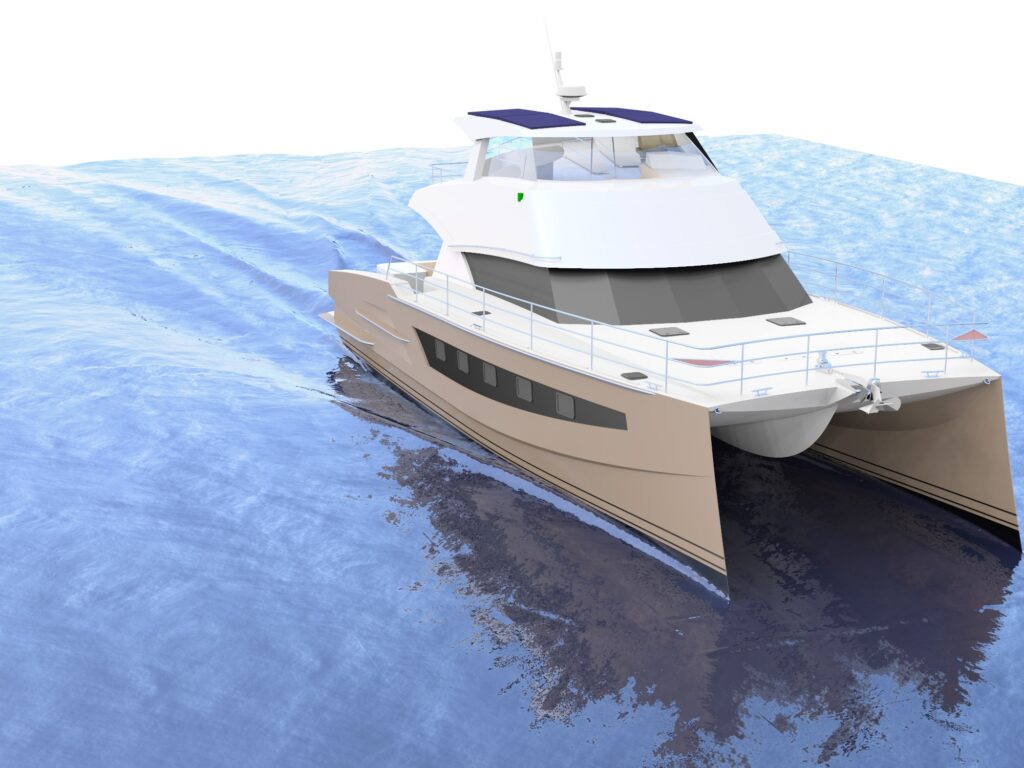
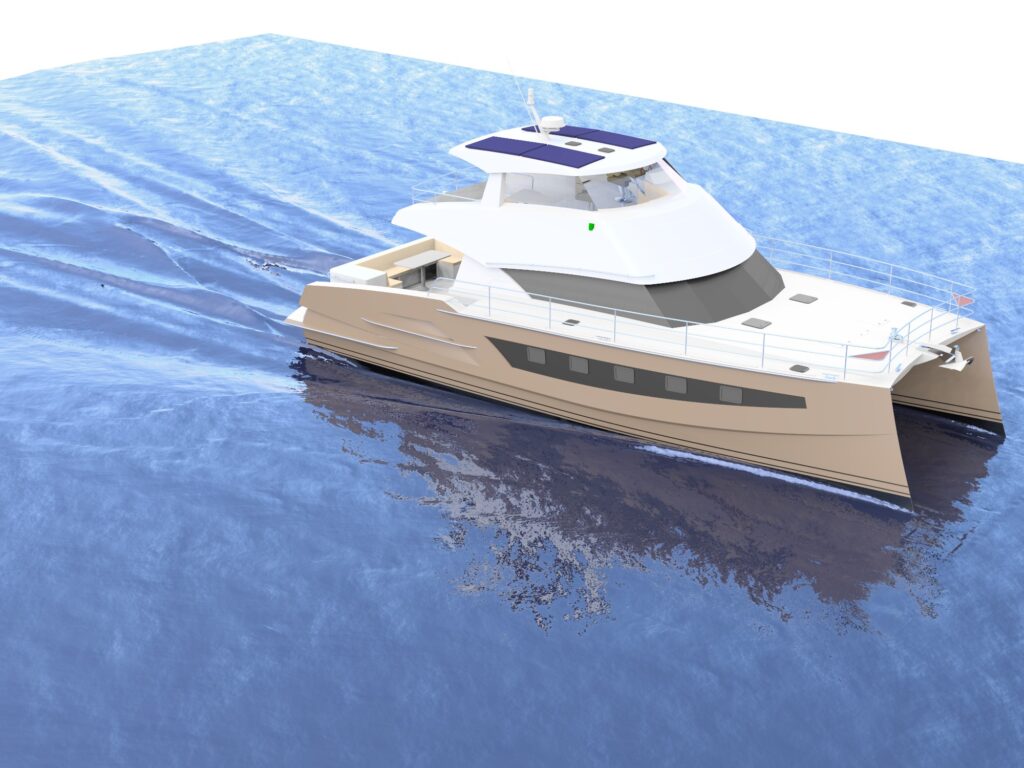
Powered by Simerics-MP the Orca3D Marine CFD, used by Corentin Bigot Yacht Design, employs the new free surface rendering option. It makes the digital water look as real as water in an ocean, lake or river. Additionally, the water around their yachts is a realistic digital rendering.
To learn more about how you can use the new free surface rendering option in Orca3D Marine CFD to make your digital water realistic please contact: https://orca3d.com/modules/orca3d-marine-cfd-simulation/
-

Simerics-MP and Simerics-MP+ version 5.1 released
Simerics is proud to announce the release of Simerics-MP and Simerics-MP+ version 5.1.
This release has four new templates:
• GT Interface Template: for seamless integration with GT-Suite.
• Ball 3D Valve Template: for simulation of 3D movement of ball valve using a new mesh algorithm.
• Helical Gear Template: for simulation of a pair of helical gears.
• Data Exchange sub-module: for handling of data exchange with other simulation cases or third-party software.
There are also new enhancements in the existing templates including Crescent Template, Piston Cooling Template, Vehicle Template, Marine Template, and Swash Plate Piston Template.
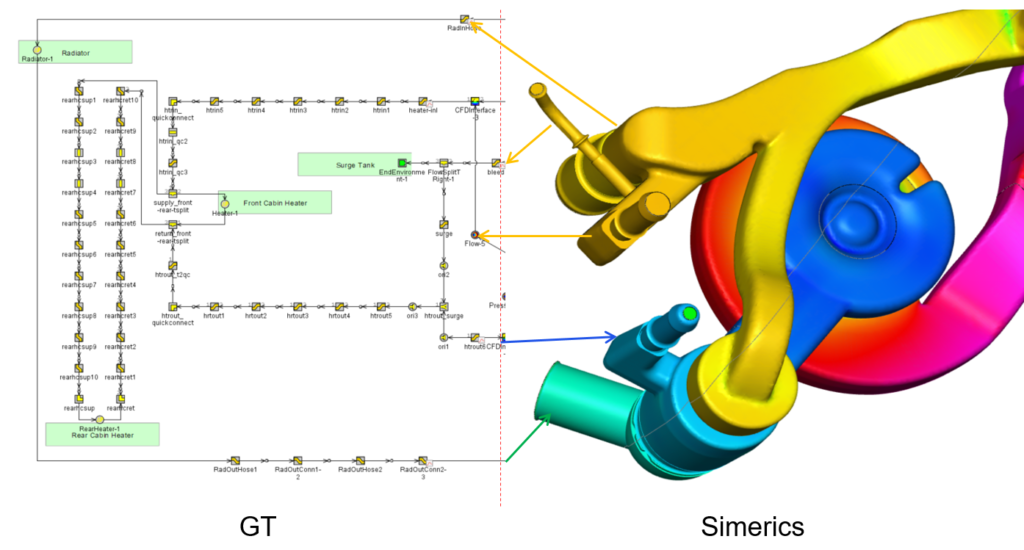
Most of the features and the functionalities of Simerics solver, including all the templates and radiation model, now can run on multiple computers using MPI parallel algorithms. Major improvement in MGI interface algorithm makes MGI interface more stable and more robust with guaranteed conservation even when the interfaces have overlaps or gaps. Discrete equation solver now can automatically switch between AMG and CGS, when the current setting does not converge.
A couple of new buttons were added in GUI, one for direct access to global expressions. and another to refresh color map using local value range. Three new shapes, “shell”, “pipe”, and figure “8”, were added to template mesher.
In the new version, users can create multiple animations together in a single session. The output file of distributed variables can now be written in xml format, which is fully compatible with Simerics input format.
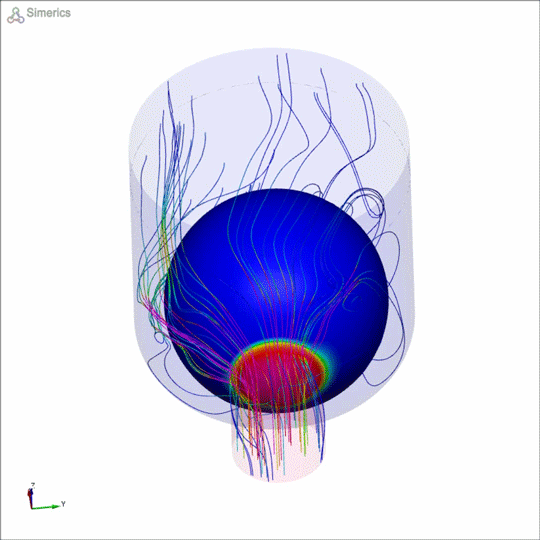
Many new tutorials have been added to the help manual in version 5.1 including Natural Convection, Vortex Shedding, Cavitation over an orifice, Turbulent flow in a diffuser, and Mixing Tank, and GT coupling. Also a few standalone help files were created, such as Ball 3D valve, self-propelled boat, piston cooling, and windshield de-icing, before they are formally integrated into help manual.
-

Demo Recording of CFD 101 for Designers, Engineers, and Engineering Management.
Play recording (58 min)
-

Customer Success Story – Melling Pump
Challenge
To optimize the design of impellers of centrifugal pumps for improving the performance at high flow rates and temperatures and meet certain head requirements.
The pump was operated with the fluid at a very high temperature (>100 degree C) and the saturation pressure of the fluid at this temperature is quite high (~1 bar). Cavitation plays a huge part at higher flow rates in such pumps, and a similar observation was made during the experiments conducted by the customer. Additionally, the impeller dimensions were to be kept constant since the customer wanted to retrofit the impeller in the existing setup. So, the number and nature of variables we had the freedom to change, was limited.
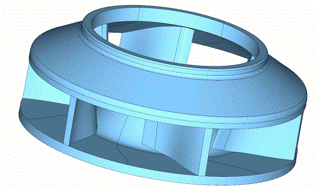
Solution
• Simerics’ Sensitivity Analysis Tool was used to identify the variables that most impacted the performance of the pump.
• A Design of Experiments (DOE) study was run to develop a surrogate model / function that accurately defined the relationship between the input variables(geometric parameters) and the output (performance).
• The Simerics in-house Optimizer then used the generated surrogate model to iteratively generate designs that performed incrementally better than those from previous iterations.
• The whole process is automated and needs minimal user input.
Benefits
• The customer decided to prototype the designs generated by the optimizer using a 3D printer (refer the below images) and subsequent tests were performed.
• Accordingly, four different designs were selected and were evaluated.
• The tests confirmed both the qualitative and the quantitative predictions made by the optimizer. All the generated designs performed considerably better than the baseline impeller.
• The optimization process took less than eight hours, owing to our state-of-the-art pump simulation software and robust optimization methodology.
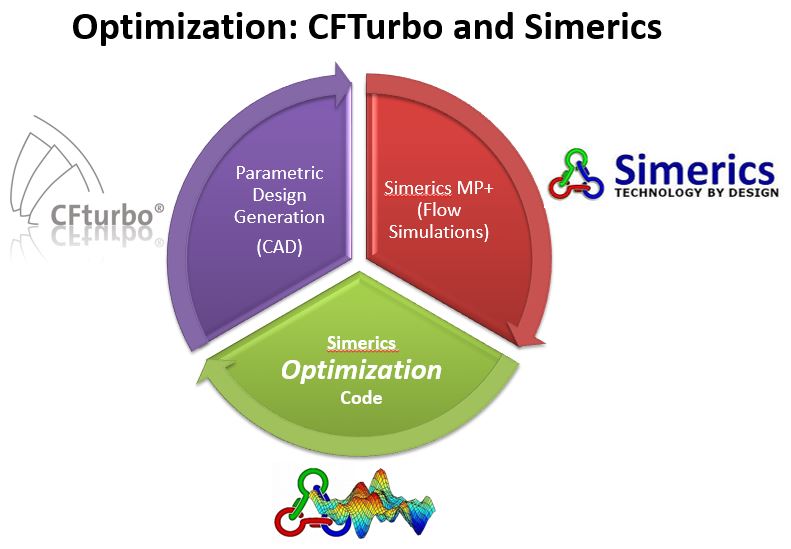
News
Page 14 / 32